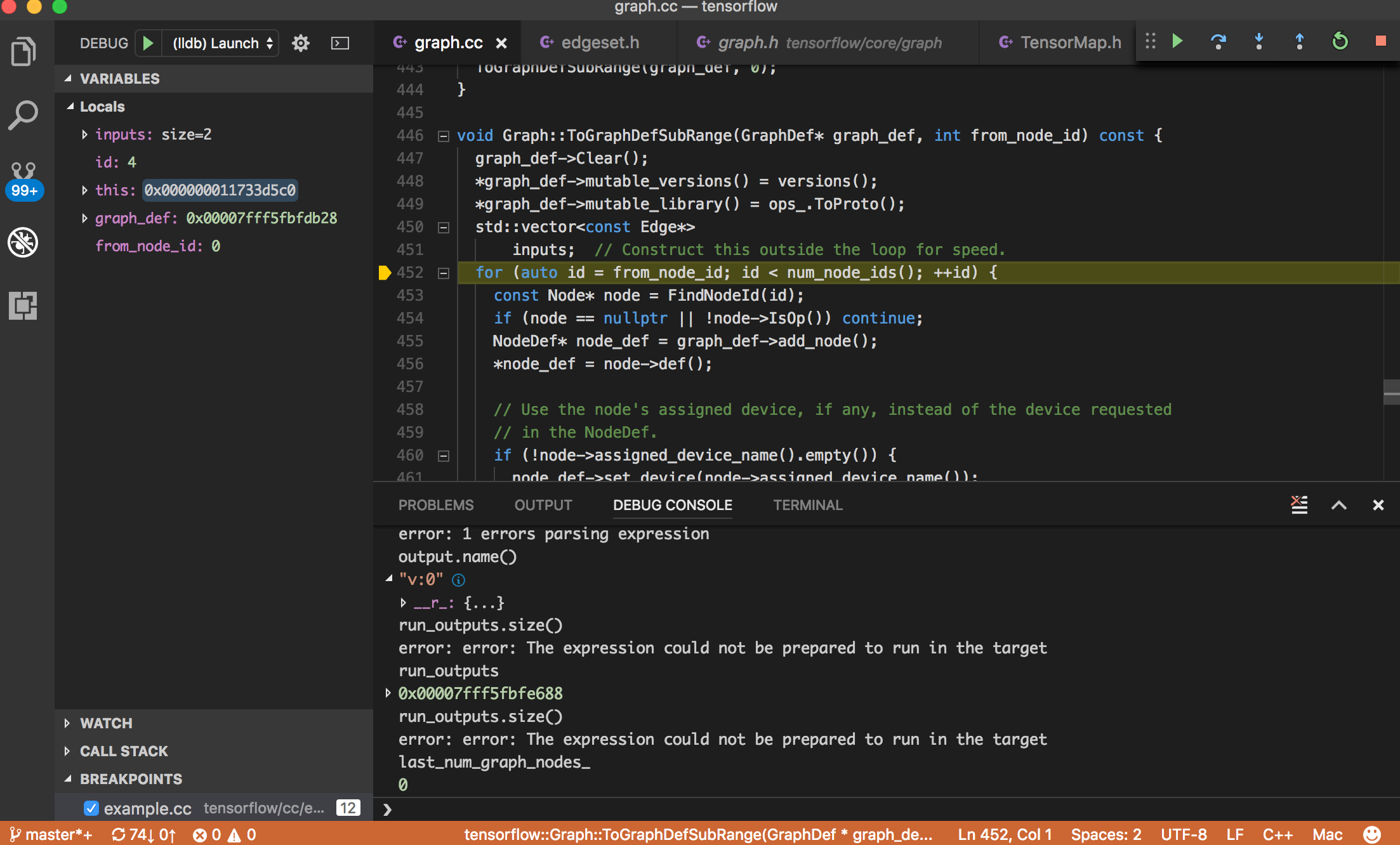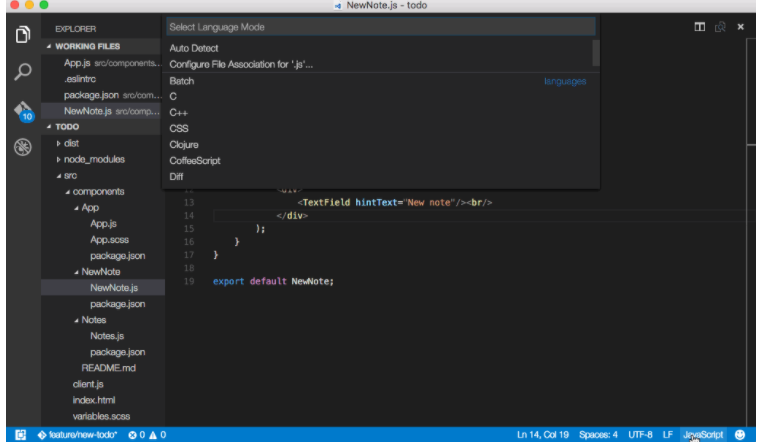

Notice that this action produces a warning indicating that megaStorage isn't a valid value. Let's modify the storage account to see validation and completion in action.įirst, update the storage account kind to an invalid value such as megaStorage. Azure schemas provide the extension with validation and resource-aware completion capabilities. One of the most powerful capabilities of the extension is its integration with Azure schemas. The tab key can be used to tab through configurable properties on the storage account. This action adds a storage resource to the template. Place the cursor in the template resources block, type in storage, and select the arm-storage snippet. These snippets can be used to easily add resources to your template deployment.

The extension includes snippets for many Azure resources. The extension includes a language server specific to ARM templates that provides ARM template-specific validation, completion, and other language services. Notice that the Visual Studio Code language mode has changed from JSON to Azure Resource Manager Template. This snippet creates the basic building blocks for an ARM template. Select arm! to create a template scoped for an Azure resource group deployment. Enter arm into the code editor, which initiates Azure Resource Manager snippets for scaffolding out an ARM template. Create an ARM templateĬreate and open with Visual Studio Code a new file named azuredeploy.json. To learn more, see Quickstart: Create Bicep files with Visual Studio Code. We recommend Bicep because it offers the same capabilities as ARM templates and the syntax is easier to use.


 0 kommentar(er)
0 kommentar(er)
